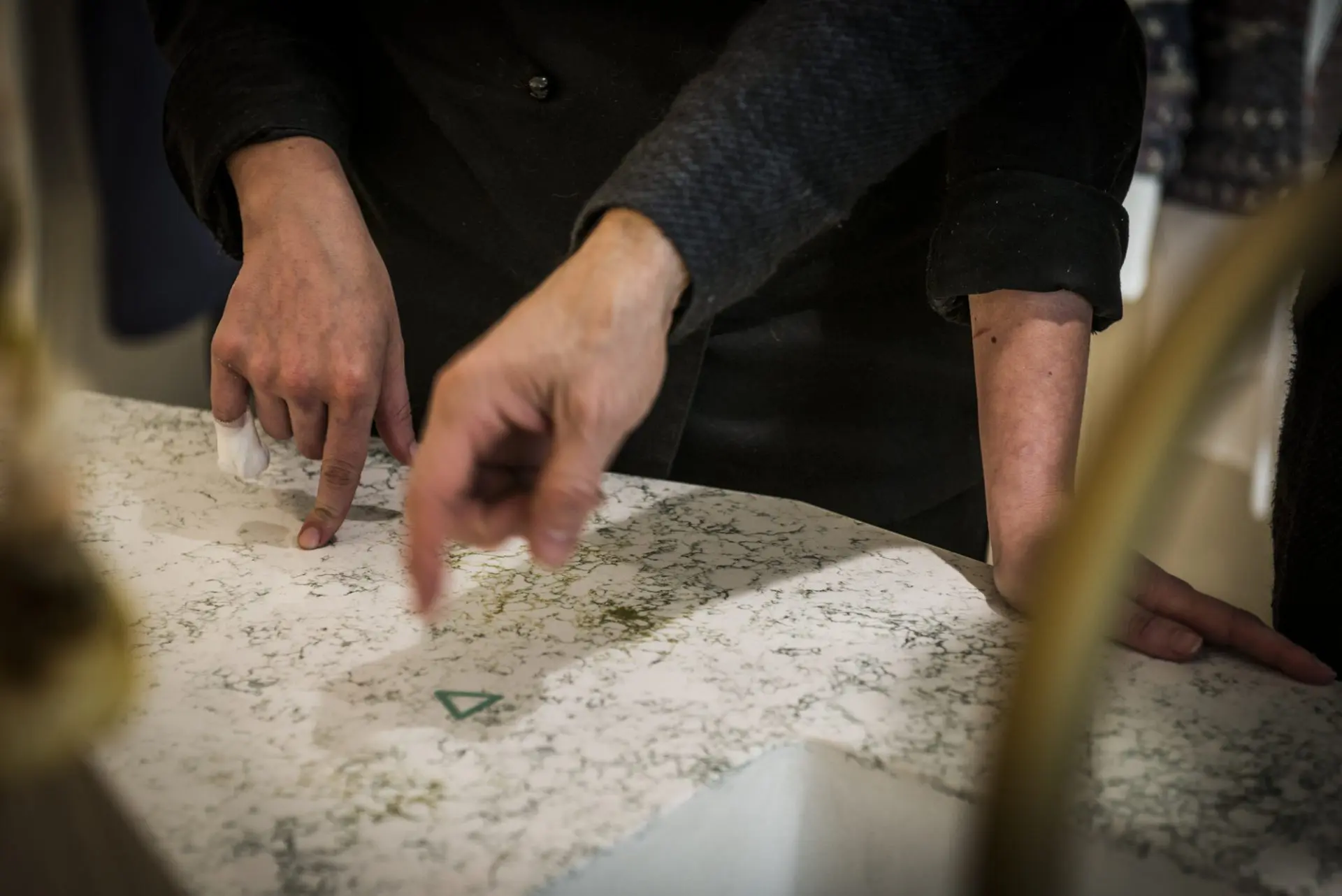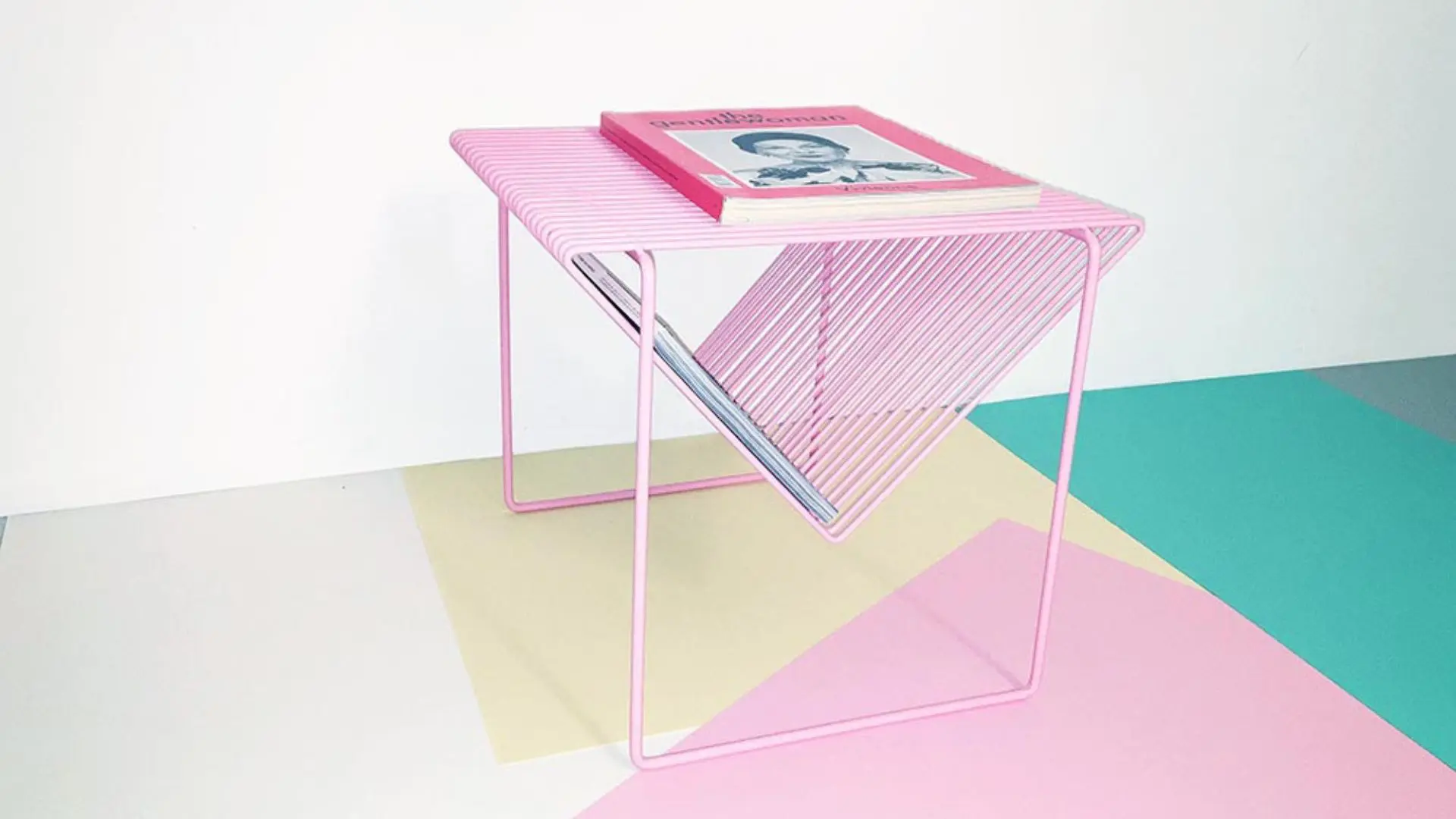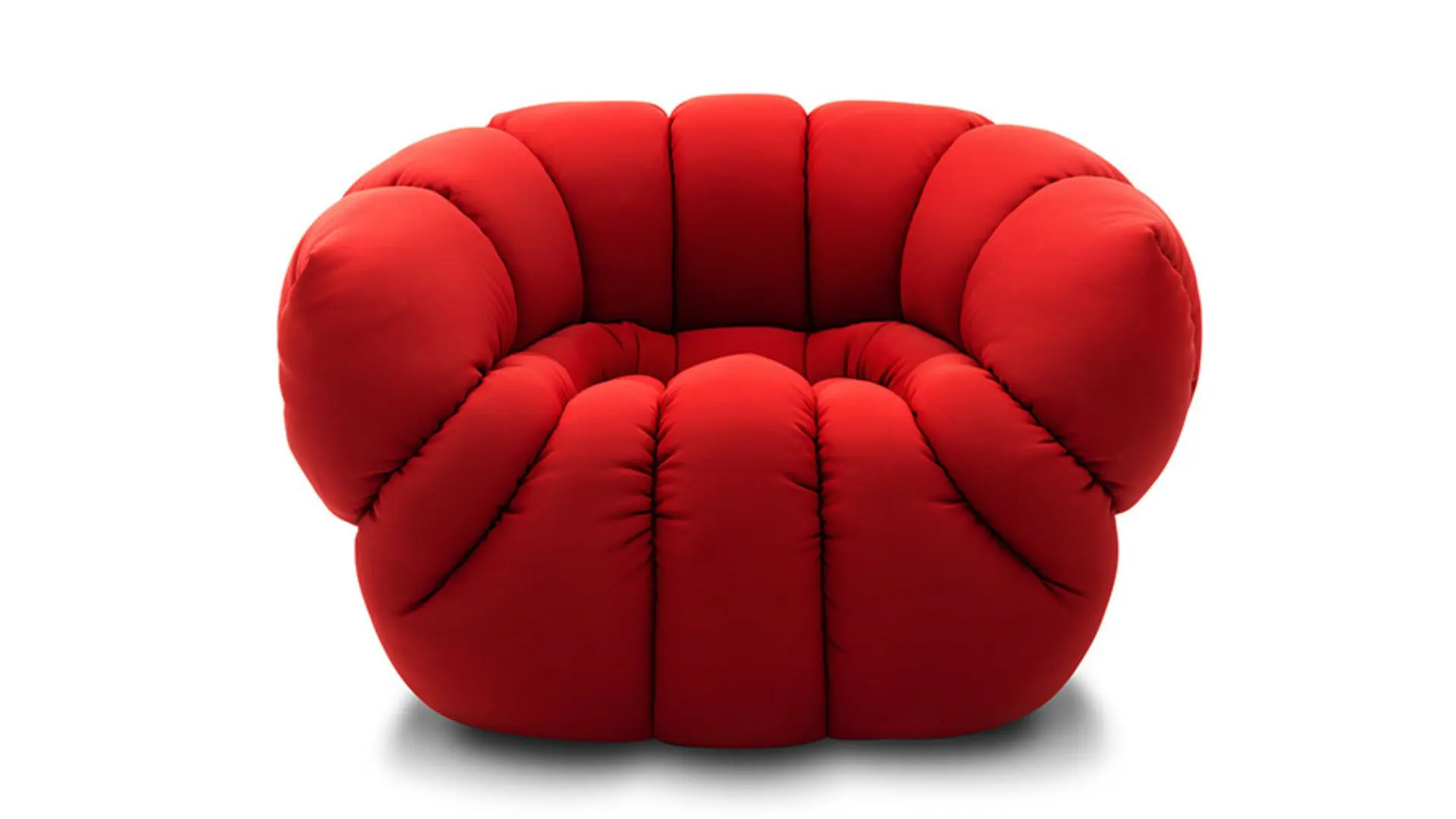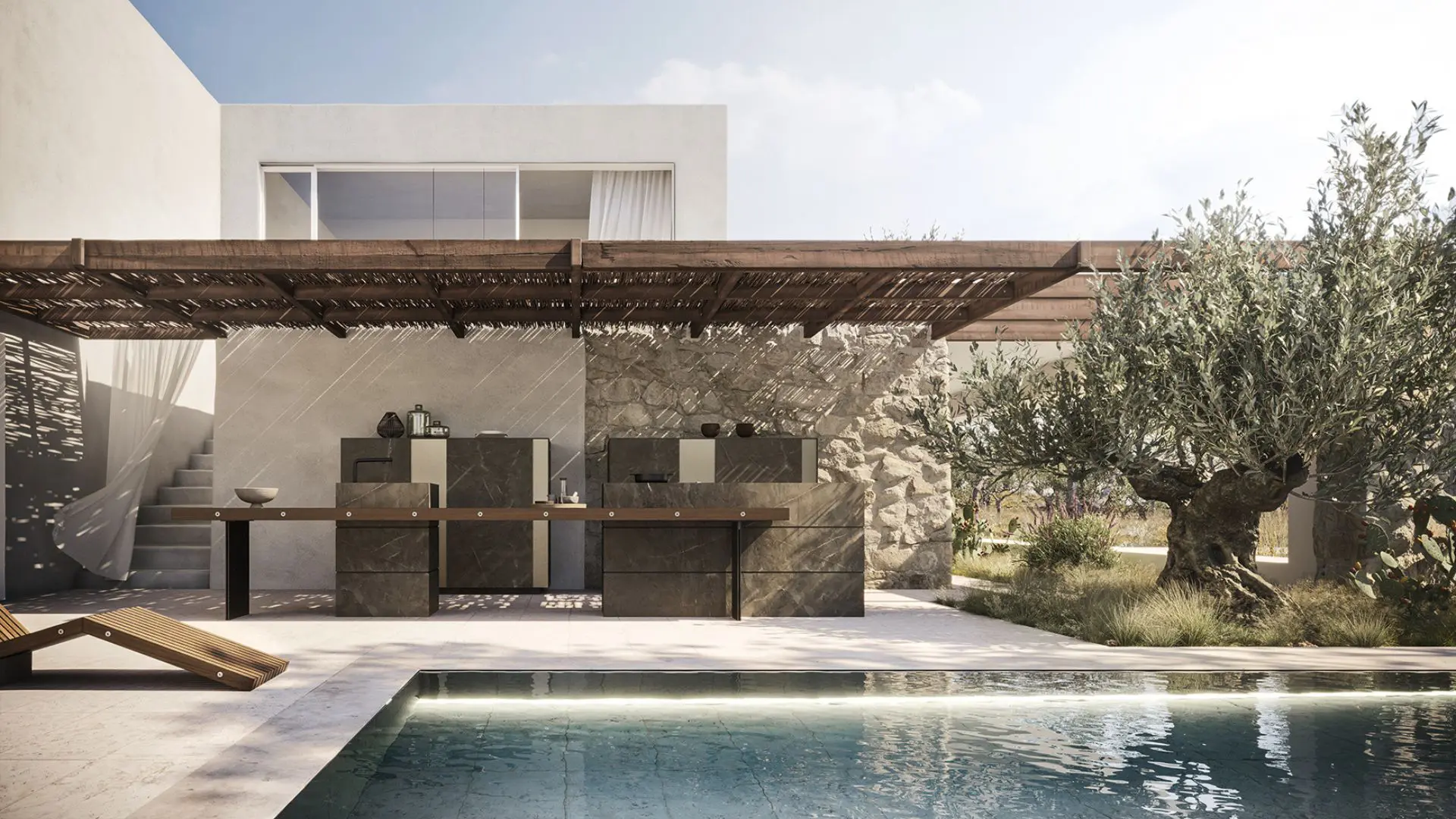In-Depth: design thinking injects innovation to stone kitchen production
DesignWanted hosts Italian design company TIPIC to discuss how to activate innovation processes in manufacturing companies, through the words of their co-founders Tommaso Corà, Lucilla Fazio, and Paolo Festa
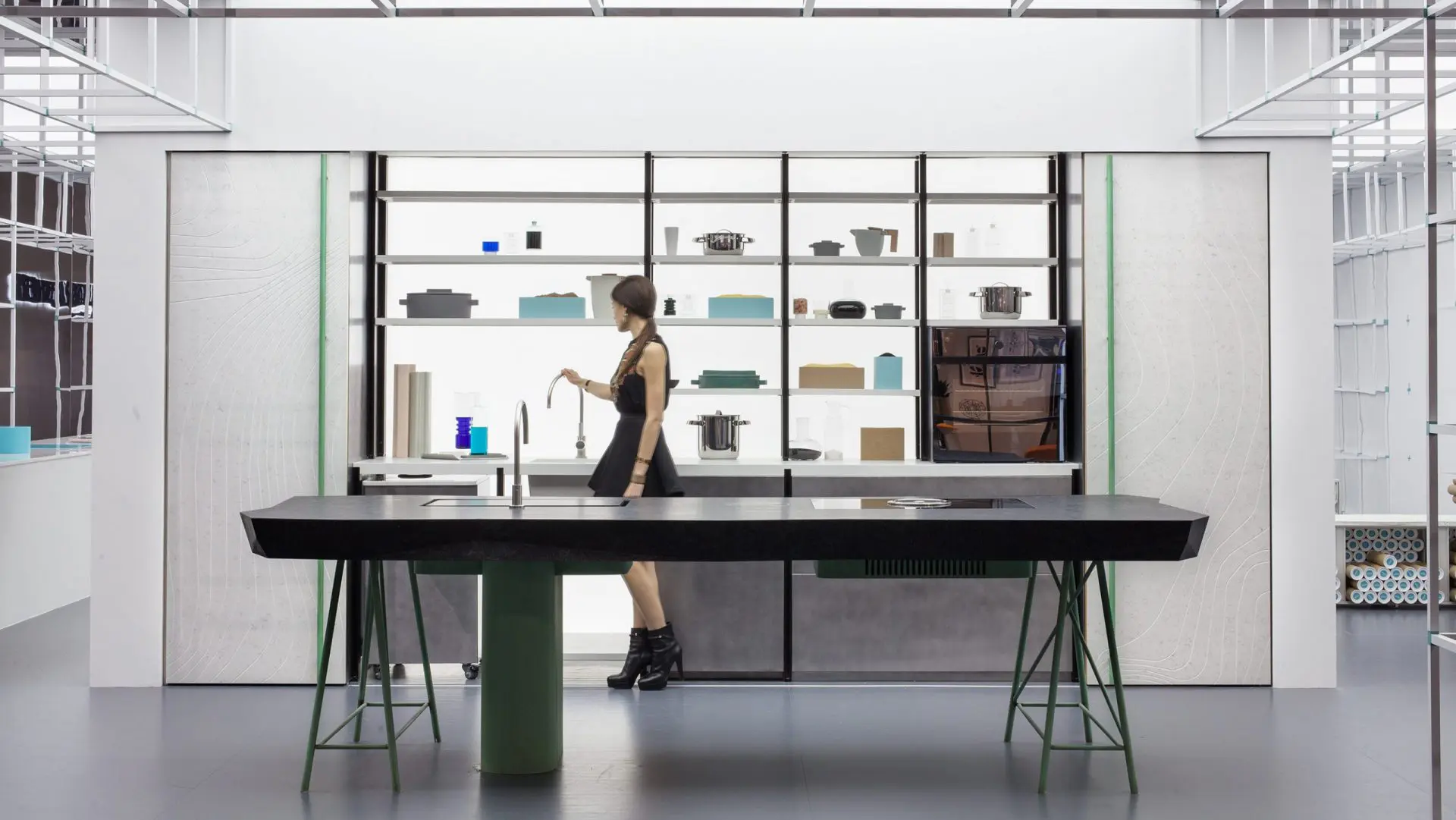
TIPIC, the innovation design company behind this wonderful stone kitchen, designs strategies to inspire companies to become future-proof players. What does it mean? We believe that design is a strategic marketing tool for doers to make things better and to make better things. And we believe in learning by doing.
We help companies to unveil their innovation potential by moving the magnifier to the “right” problem. We do this by staying next to management, using visual and collaborative tools that allow us to facilitate the exchange of ideas and information, making the co-planning in the company tangible.
Simply put, we help organizations to prototype innovative processes and products, working with groups and creating new connections between diverse resources.
This year we are proud to be selected to present one of our case studies at the Academy for Design Innovation Management Conference, that will be hosted by Loughborough University London from 19th to 21st June 2019.

The problem: how to transform stone into a technological and innovative device?
In fact, at the end of 2015, Marmo Arredo, a leading European company in stone processing, called us for a new kitchen prototype project, considered necessary to participate in Eurocucina/Salone del Mobile 2016 as a new brand.
This plan posed a risk though: launching a demo to the public in the same exhibit where its clients were unveiling their new kitchen products, could position Marmo Arredo as a competitor to its own partners.
For this reason, we proposed a re-briefing: instead of creating a demonstrative product (a kitchen) to show the technical potential of the company, we would research the know-how potential of the company to understand how to apply it and to build the best storytelling of it.
This reverse process aimed at mapping the problem-solving practices implemented by the company during the years. Our ultimate goal was to externalize the innovative behavior of the firm and apply it methodically on new subjects through a pilot-unit devoted to the development of B2B special projects. Something similar to the Value Stream Mapping in the Lean methodology.

Phase 1 – Exploring in and out of the company
To start the exploration phase, we activated a round of desk research and one-to-one interviews inside and outside Marmo Arredo.
Our multidisciplinary team (strategic marketers, architects, industrial designers and mechanical engineers) supported an open platform for debriefing and analysis based on mutual integration, essential for the understanding of such diversified data.
Over a critically constrained time period – only six weeks – TIPIC visited the corporate factories in Italy and Germany, mapped the company’s distinctive capabilities, verified the reference markets, and the main trends.
The research allowed us to identify the three industrial areas where Marmo Arredo developed his strongest core competencies:
- The production of composite quartz surfaces
- The machining of stones for the production of kitchen plans
- The technological implementation

Phase 2 – Identifying a new framework for the company
We crossed the insights from our investigation to the three know-how areas to identify potential innovations responding to the emerging insights from the empathy phase: “customizable integrated devices insanely easy to use” and “new durable materials with natural touch”.
Since the company identity is intimately connected to the stone processing and its products are sold as technical elements to design furniture brands, we defined a strategic framework based on quality, collaboration and mutual enhancement: the ingredient brand approach similarly to Intel, Gore-Tex and Vibram.
This allowed us to create the necessary coherence filter to activate parallel experiments which could then be summarized in a common synthesis.
Phase 3 – A new business unit is born: Offmat
We called the new unit “Offmat”, from the union of “Officine” (Workshop) and “Materia” (Matter).
Thus we outlined the guidelines for a “Group Product Research Laboratory”, an independent business unit that could engage experimentation, operating dynamically and building bridges towards new directions.
The new unit would have been devoted to prototyping new ideas, products and solutions based on the collaboration of the different group competencies and technologies.
Its pillars are:
- Customer centricity
- Strategic approach
- Employee involvement
- System and competencies integration
Common principles with the fundamentals of TQM system used by companies engaged in organizational advancement through a commitment to customer requirements.

Phase 4 – Developing a new product
At Eurocucina 2016 Offmat came with Tulèr, a completely new and highly performing stone kitchen, which acted as a demonstration platform for hi-tech solutions and whose form pushed the limit, exalting them, the production and processing capabilities of Marmo Arredo Group.

A new relationship with stone – The inclusion of technology is a recurring issue in the worktop processing industry. Every worktop, especially in the kitchen, must support diverse devices that manage washing, heating, cooling with different technologies (electricity, magnetic induction, gas, water) matching strong safety standards both on individual products and on their possible interaction. It is an overcrowded technical playground in which the stone worktop declines in relevance.
We mapped the actions that take place in the kitchen like in the production line stations. We cleaned the area from the unnecessary and focused the attention on the essential user actions to design a simple and efficient process using Lean methodologies like Spaghetti Diagrams in production flow analysis.
To enhance natural gestures in the kitchen we removed all unnecessary accessories creating a more direct relationship between the user and the worktop.

To go deeper, we tried to understand if it was possible to cook, wash, prepare on the stone without accessories. So we disassembled induction cooking systems, faucets, scales, loaders, drawers, to understand how they worked and we redesigned them as integrated elements on the same worktop, testing and testing evolutions of devices gradually customized (a practice known as “reverse engineering” in the lean methodology).
We combined the most advanced gesture-intuitive interaction technologies to obtain sensitive and reactive surfaces by providing a modular system of integrated solutions to the platform offered to the BtoB market.
Each solution has been designed to facilitate – through natural hand gestures – the main actions that are commonly performed in the kitchen: washing, preparing and cooking.

All solutions are designed to be modular and to allow you to realize a customized kitchen.
Impossible stones for designers and architects -Meanwhile, we developed a collection of synthetic stones, reversing the common design approach based on the Market Follower Strategy in a Customer-Centric Strategy.
Instead of designing a new perfect imitation of the natural stone we activated the research team to identify a series of macro trends in design and architecture projects. We selected a panel of blends proposal based on the different cultures and market areas and implemented it in the industrial process of engineered stone production.
The final result was a collection of “impossible stones” proposed as tools for architects in the design process.

The final outcome: Tulèr, the first responsive kitchen
The third pillar of our process was the possible synthesis between the responsive technology integration and our innovative approach to material concept with the traditional know-how of Marmo Arredo Group: a “Troyan Horse” for the public to “touch” the Offmat concept.
As still today the company core business is the processing of stone worktops, with significant efficiency and quality. Furthermore, the company patented an invisible junction system that allowed to join slabs of stone without signs of evidence.

To express this know-how, we developed tense and angular geometric lines that would bring to the limit the firm stone processing capacity, creating a demo worktop that would remind a slab of natural stone of unprecedented dimensions.
The countertop was made using the new “impossible stones” (Vulcans) and integrated the responsive solutions that enhanced natural gestures, thus proposing a coherent synthesis of the whole innovation process.
We called it “Tulèr” as the old 19th-century tables from the Italian kitchen culture, used to make homemade egg pasta, equipped with marble top, integrated rolling pin, cutting boards and removable shelves.

The overall impact on the company was radical
Tulèr was the first ever responsive stone kitchen. The “Offmat project” met excellent feedback, but it was especially a contagious singularity. Not all the Offmat products have become standard products, but the company has recognized the value of the experimental process and the effectiveness of devoting pilot units to exploration and prototyping, to test ideas in a fast and effective process.
The firm has today launched a new reorganization of its company group of which Offmat has become a central element.
Other companies in the field have started to present experiments in the direction of simplification of gestures and functions and are now exploring a growing integration between technologies and materials. The human-centric culture is pervading the industry.




